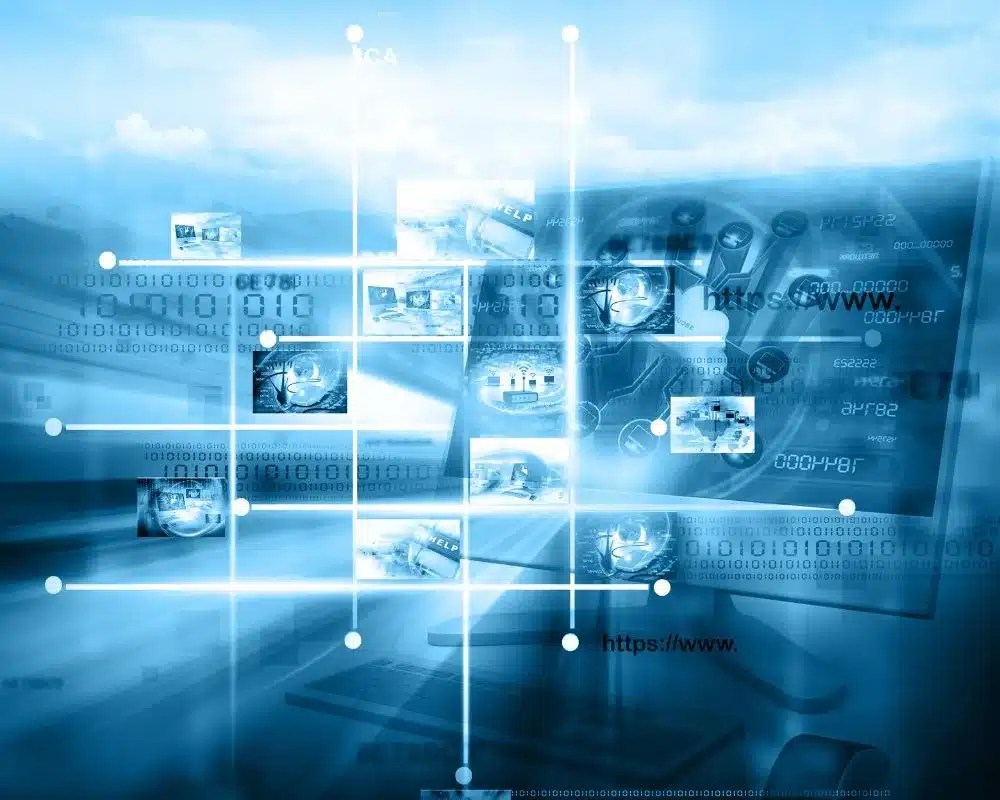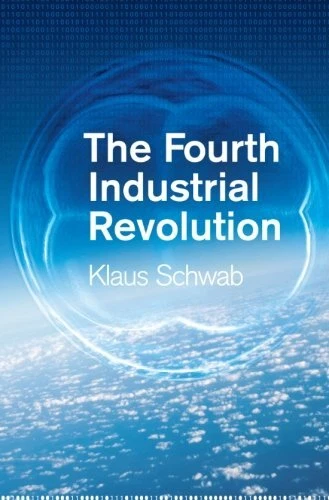Book Summary - The Fourth Industrial Revolution
Introduction
The concept of “revolution” signifies sudden and radical transformations, often triggered by technological advancements and changes in worldviews, leading to shifts in economic and social systems. Historically, these changes may unfold over years.
- Agrarian Revolution: Around 10,000 years ago, humans transitioned from foraging to farming through animal domestication, enhancing food production, enabling population growth, urbanization, and the rise of cities.
- Industrial Revolutions:
- First (1760-1840): Marked by steam engines and railroads, enabling mechanical production.
- Second (Late 19th to Early 20th Century): Enabled mass production with electricity and assembly lines.
- Third (1960s): Focused on semiconductors, computing, and the internet, known as the digital revolution.
- Fourth (21st Century): Builds on the digital revolution, characterized by mobile internet, AI, machine learning, and cheaper, advanced sensors. It integrates digital, physical, and biological domains, resulting in breakthroughs across industries and global “smart factories.”
This fourth revolution is distinct due to the rapid diffusion of innovation globally. While earlier revolutions spread slowly, technologies like the internet achieved global reach in a decade. Yet, significant portions of the world still lack access to benefits from earlier revolutions, highlighting inequalities.
Table of Contents
- Chapter 1 The Fourth Industrial Revolution.
- Chapter 2 Drivers.
- Chapter 3 Impact.
- Chapter 4 The Way Forward.
- Chapter 5 Acknowledgements.
- Chapter 6 Appendix: Deep Shift .














